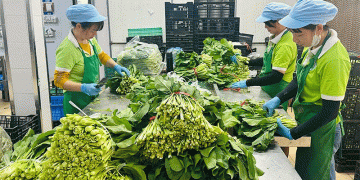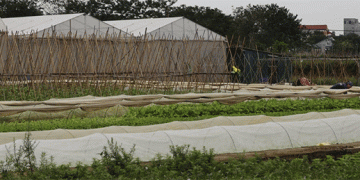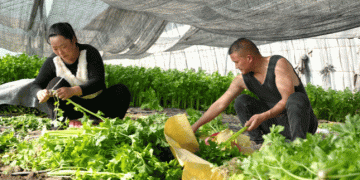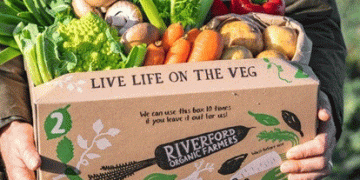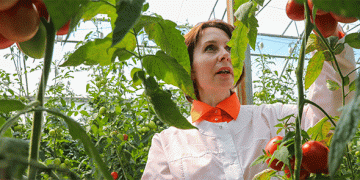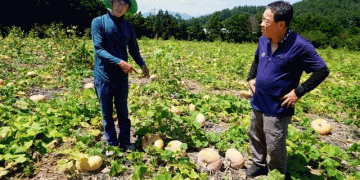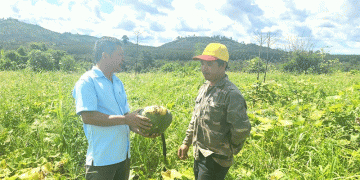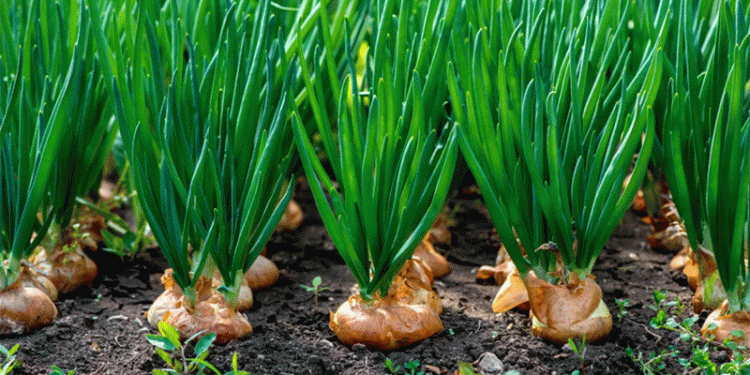The Indian onion export sector is experiencing a powerful resurgence following the lifting of a 40% export tariff in April 2025. According to Shvam Dhumal, Director of Agroindi EXIM Pvt Ltd., strong production rebounds in key states like Maharashtra and Karnataka have revitalized trade, particularly with Southeast Asia. This recovery comes after a period of severe contraction; government interventions, including the 2023 export tariff, were enacted in response to a 25-40% drop in national production caused by weather and water shortages. The impact of these policies was dramatic: after peaking at $513 million in FY 2022-23, export values plummeted to a mere $25.21 million in FY 2024-25. Dhumal estimates that without these restrictions, exports for that period could have surpassed $625 million, highlighting the profound effect of domestic food security measures on international trade flows.
This volatility has tangible consequences, allowing competitors in neighboring countries to capture market share during India’s absence. The current export wave is led by the prized pink ‘Garwa’ onion, valued for its pungency and moisture content, with new-season red onions from Karnataka and other states ensuring a steady supply pipeline. Looking beyond the immediate recovery, the industry is strategizing for greater stability. A key trend, mirrored in the broader Indian agricultural sector, is a push into processed products. As Dhumal notes, companies are now introducing dehydrated onion powder, flakes, and frozen onions. This move aligns with global data from the World Vegetable Center, which emphasizes that processing reduces post-harvest losses, extends market reach, and insulates exporters from the kind of abrupt policy shifts that target fresh produce during domestic supply crunches.
The recent boom-bust cycle of Indian onion exports serves as a critical case study for agricultural-dependent economies. It underscores the inherent tension between domestic price stability and international market commitment. For Indian exporters and their global clients, the path forward lies in diversification—both in product form, through investment in processing, and in market reach. By building a more value-oriented and resilient export model, the industry can better withstand the inevitable production fluctuations and policy interventions of the future, transforming a volatile roller coaster into a more predictable and profitable growth trajectory.


















